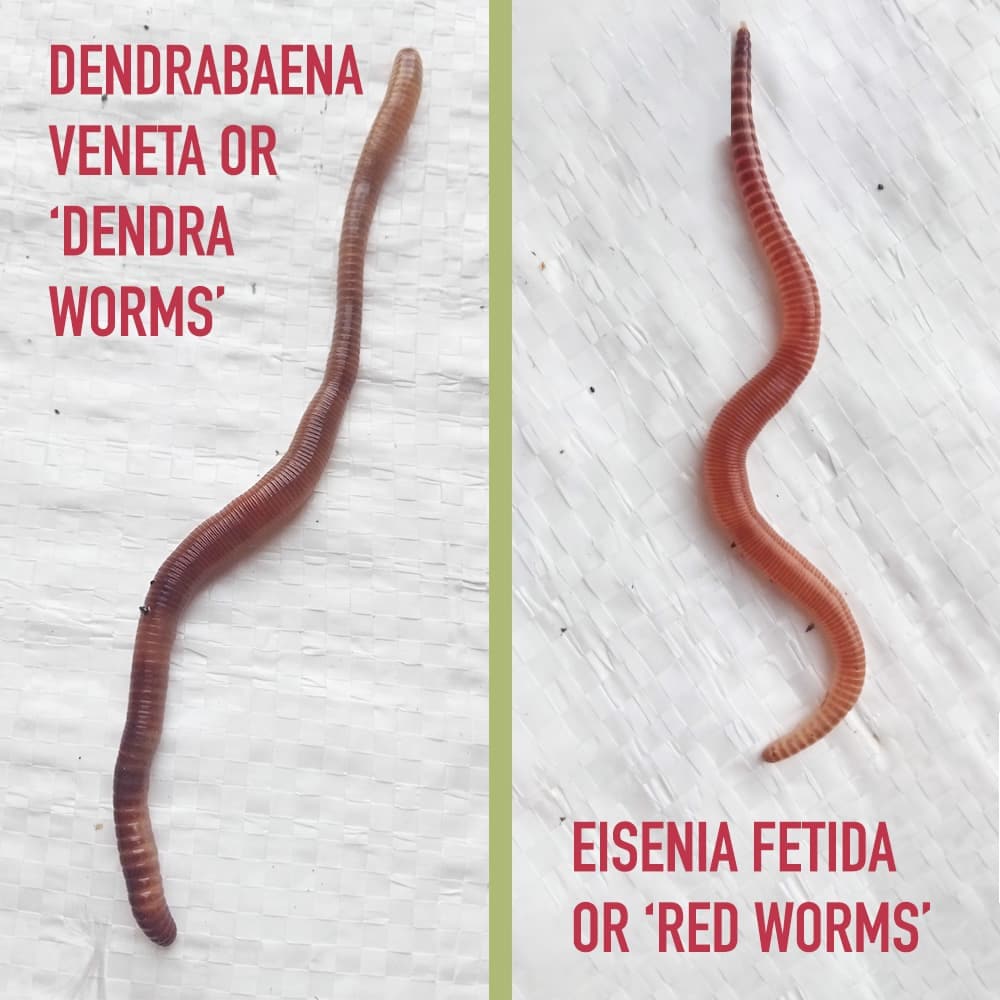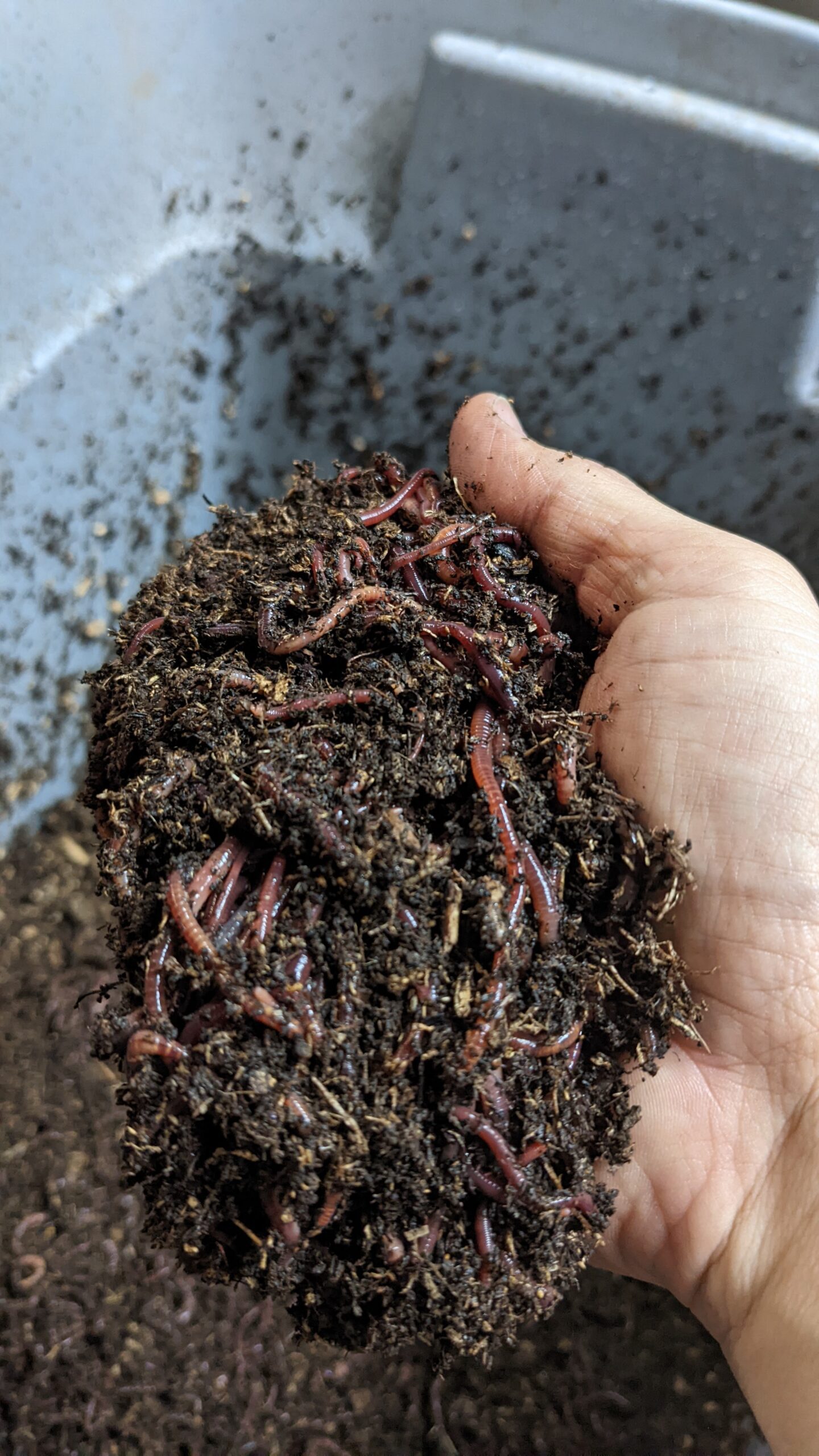The Best Strategy To Use For Red Wiggler Express
Table of ContentsExcitement About Red Wiggler ExpressRed Wiggler Express Can Be Fun For AnyoneAbout Red Wiggler ExpressGetting My Red Wiggler Express To WorkThe Definitive Guide to Red Wiggler Express
And the growing Red Worm population? Also in the heap that was set up straight in front of yard composters with existing Red Worm swarms.
Many varieties, including Red Wigglers, European Nightcrawlers, and Lumbricus types were brought over from the European continent. Yet below's the thingNative or otherwise - and as talented as they go to being able to survive in a wide-range of settings and conditions -. In other words, they are much more likely to socialize in any active composting systems you have established up, than they are to wander off and begin destroying the atmosphere.
Roots need oxygen for respiration and count on smooth airflow within the soil to thrive. However, when it rainfalls, dirt can end up being saturated with water, decreasing the oxygen offered and impeding nutrient absorption - Worm Farms United States. To preserve an optimum equilibrium, the soil must enable water to drain pipes appropriately, leaving adequate room for air to support origin health and wellness
Some Known Questions About Red Wiggler Express.

When it involves worms for composting, what enters your mind? If you were an earthworm breeder, dealership, or ordinary gardener, after that you 'd recognize that red wiggler worms are the suitable worms for vermicomposting. To find out more regarding these planet wonders, reviewed some of the red worm realities below.
(https://jet-links.com/Red-Wiggler-Express_355203.html)If they extend their bodies, you'll be able to see the stripes on their skin. When increasing worms such as red wiggler worms, you should have the ability to understand exactly how to make good use of them. When you have the ability to maintain and care for their habitat well, and also feed them the ideal kinds of organic wastes, after that they'll have the ability to produce nutrient-packed and quality-rich worm castings for you (likewise recognized as worm poop or compost).
Rumored Buzz on Red Wiggler Express
What do worms eat? Well, these red wriggler worms can be fed with kitchen area scraps and yard wastes.

This actions makes them fit for life in worm containers, compost heap, and various other constrained rooms where natural waste is abundant. Creating an optimum setting for red wigglers requires a thoughtful technique. Take into consideration the following essential components to care for red wigglers in your home and ensure their well-being: Utilize a bed linens of shredded paper or cardboard.

Add a handful of dry, shredded newspaper if the container comes to be also damp. They do! Red wiggler worms recreate by laying tiny, lemon-shaped eggs in safety cocoons. These cocoons are generally deposited in the bed linens and hatch right into child worms within a couple of weeks. The quick reproduction cycle of red wigglers is just one of the reasons they are favored for vermicomposting.
An Unbiased View of Red Wiggler Express
Their adaptability and durability have actually made them a preferred option for vermicomposting in different regions around the globe. Take into consideration protective actions for really extreme temperature levels such as: Protecting the worm container with layers of straw or leaves. Red Wiggler Express.

Just remember - you can constantly include even more food later on (however it's hard to get rid of feed once it's been added to a container!).
Because I fed the red wigglers and compost worms way too much, they weren't able to maintain and in time the older food went uneaten and developed anaerobic conditions that eliminated the worms. The great news is that there are really easy actions you can require to guarantee this doesn't happen! Here're the 6 principles for how commonly and exactly how much to feed your worms: Regulation # 1: Small amounts! You can constantly add more food later on.
About Red Wiggler Express
Uneaten food will certainly lead to anaerobic conditions that will kill your live worms. Regulation # 6: After the initial feeding, feed the worms 1/3 to 1/2 of their weight.